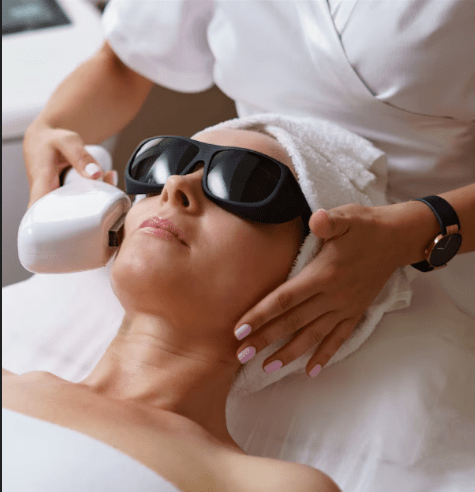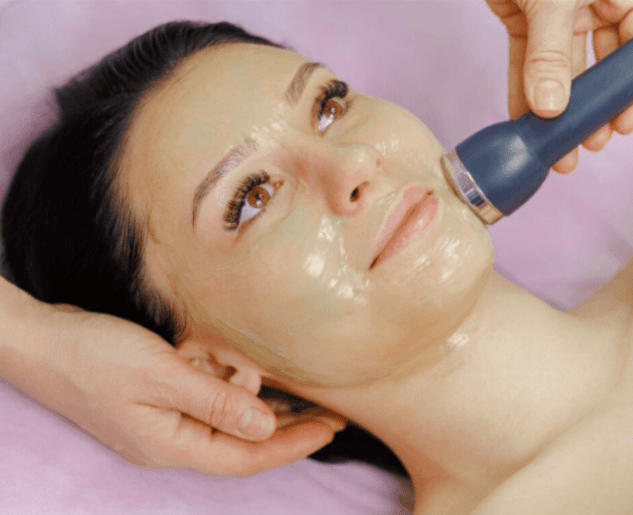When you’re trying to conceive and it’s taking longer than expected, fertility testing can provide valuable insight into your reproductive health. Understanding what’s involved in female fertility testing can empower you to take informed steps toward building your family. This comprehensive guide breaks down the entire process—from initial bloodwork to detailed imaging—so you know exactly what to expect.
Why Fertility Testing Matters
Female fertility is influenced by a complex interplay of hormones, ovarian function, and structural health of the reproductive organs. Fertility testing helps identify possible obstacles such as hormonal imbalances, irregular ovulation, diminished ovarian reserve, or anatomical issues like blocked fallopian tubes or uterine abnormalities. The earlier these issues are identified, the more treatment options are available.
When to Start Fertility Testing
Medical experts recommend fertility testing if:
- You’re under 35 and have been trying to conceive for over 12 months.
- You’re 35 or older and have been trying for over 6 months.
- You have irregular periods, PCOS, endometriosis, or a history of miscarriage.
- You’re planning to pursue assisted reproductive technology (ART), such as IVF.
Step-by-Step: What’s Included in Female Fertility Testing
1. Comprehensive Medical History & Physical Exam
The process usually begins with a thorough review of your:
- Menstrual cycle patterns
- Pregnancy history (if any)
- Lifestyle factors (smoking, stress, weight)
- Past medical or surgical history
- Medications and supplements
A physical exam may include a pelvic exam to assess reproductive organs.
2. Hormonal Bloodwork (Cycle Day 2–5)
Timing is crucial for accurate hormone assessment. Blood is drawn early in your cycle (typically days 2–5) to evaluate:
- FSH (Follicle-Stimulating Hormone): Elevated levels may indicate low ovarian reserve.
- LH (Luteinizing Hormone): Helps evaluate ovulatory function.
- Estradiol (E2): Assesses baseline estrogen levels.
- AMH (Anti-Müllerian Hormone): Reflects the number of remaining eggs.
- TSH (Thyroid-Stimulating Hormone): Thyroid issues can impact fertility.
- Prolactin: Elevated levels may interfere with ovulation.
These results give a snapshot of your hormonal environment and ovarian reserve.
3. Ovulation Tracking
To determine if and when you’re ovulating:
- Mid-luteal progesterone test (around day 21): Confirms ovulation by measuring progesterone, a hormone that rises after ovulation.
- Basal body temperature charting or ovulation predictor kits (OPKs) may also be recommended for at-home monitoring.
4. Transvaginal Ultrasound
An ultrasound provides real-time imaging of your reproductive organs. It can be used to:
- Count antral follicles in the ovaries (AFC), which correlates with egg reserve.
- Assess the uterus and endometrial lining for abnormalities.
- Identify ovarian cysts, fibroids, or polyps.
5. Hysterosalpingography (HSG)
This specialized X-ray uses contrast dye to assess:
- Whether the fallopian tubes are open (critical for natural conception).
- The shape and structure of the uterus.
It’s usually performed after menstruation but before ovulation to avoid disrupting a potential pregnancy.
6. Sonohysterography (Saline Infusion Ultrasound)
If more detailed uterine imaging is needed, saline is injected into the uterus during an ultrasound. This test helps detect:
- Uterine polyps
- Fibroids
- Scar tissue or septum
7. Laparoscopy (If Indicated)
This minimally invasive surgery may be recommended if you have symptoms of:
- Endometriosis
- Pelvic adhesions
- Unexplained infertility
It allows your doctor to directly visualize the pelvic organs and address any abnormalities.
What Happens After Testing?
Once your test results are in, your fertility specialist will meet with you to explain the findings and recommend a tailored treatment plan. Options may include:
- Lifestyle modifications
- Ovulation induction medications
- Intrauterine insemination (IUI)
- In vitro fertilization (IVF)
- Fertility preservation (egg freezing)
Final Thoughts: Early Testing = Empowered Choices
Fertility testing is a critical step in understanding your reproductive health. The sooner you identify potential barriers, the more options you’ll have to achieve a successful pregnancy—naturally or with assistance. If you’re concerned about your fertility, don’t wait. Speak to a fertility specialist and take that first step toward growing your family.




